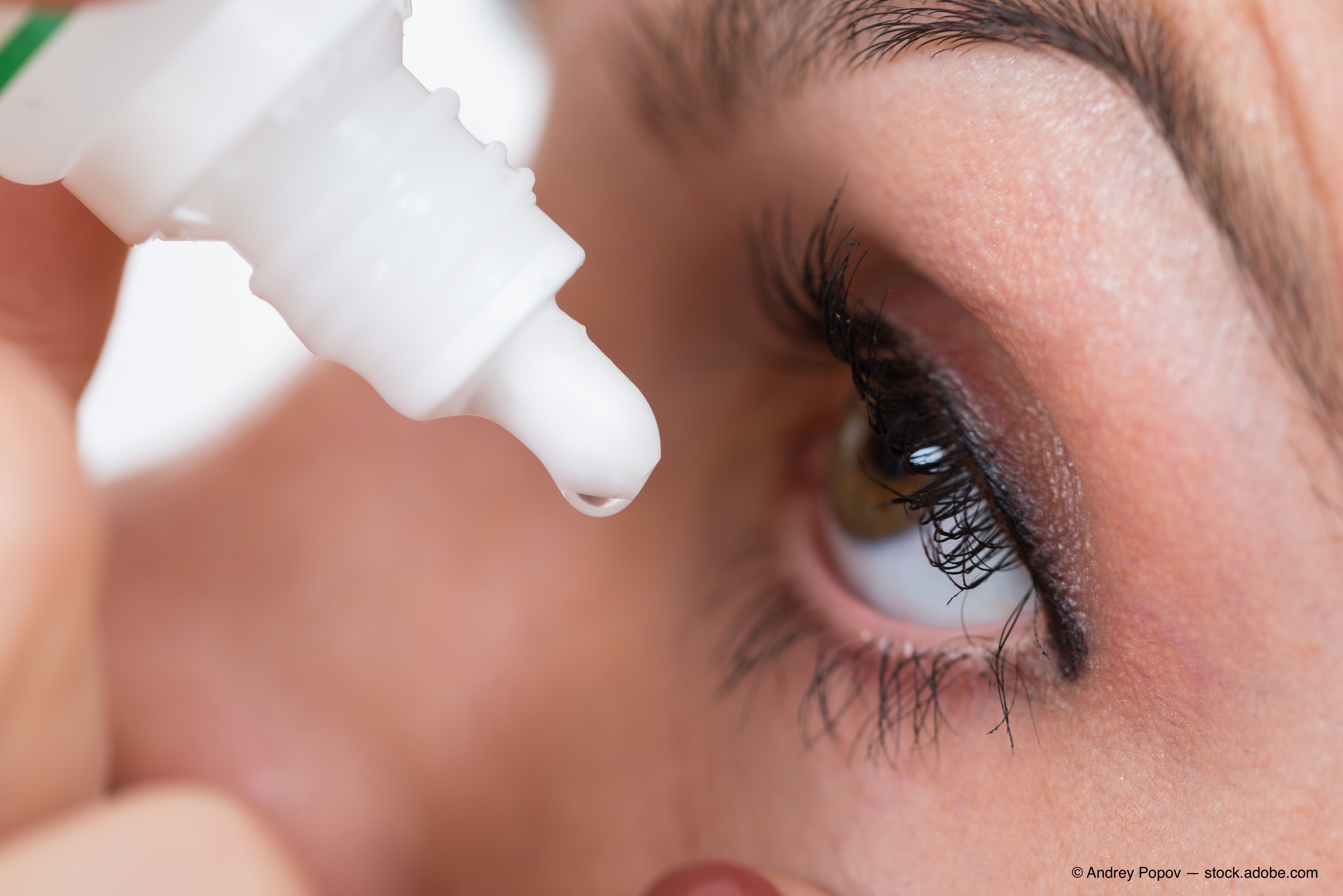Article
Dry eye severity, treatment varies among ethnic minority patients
Author(s):
Investigators are hopeful that future research can focus on public health concerns of dry eye disease.

Patients who are members of racial and ethnic minority groups present clinically with worse objective measures of dry eye than patients who do not belong to these groups, according to poster research presented at the annual meeting of the Association for Research in Vision and Ophthalmology.
“Dry eye is a condition that is very prevalent and very expensive to treat,” said David Cui, a medical student at Penn State College of Medicine in Hershey, Pennsylvania, one of the study’s investigators, and a research assistant at Johns Hopkins University School of Medicine in Baltimore, Maryland.
Cui noted that estimates of global prevalence for dry eye range from 5% to 50%, and the disease is a leading cause for patient visits to an eye care clinician. In the United States, the estimated price tag associated with dry eye disease treatment is $3.8 billion annually, representing a substantial stress on the country’s health care system, said Cui.
Cui noted the need to look at the topic of race, whether it influences access to dry eye care, and whether patients have greater dry eye severity, pointing out that no published literature on disparities regarding race, ethnicity, and dry eye patients exists. He added that existing literature on dry eye and racial minority groups is limited to patients in Asia and that research demonstrates that these patients have a greater prevalence with potentially increased severity.
The retrospective investigation involved review of electronic health records of patients who were treated at a single center by a single ophthalmologist, Esen Karamursel Akpek, MD, the Bendann Family Professor of Ophthalmology and founder of the Ocular Surface Disease Clinic at the Wilmer Eye Institute, Johns Hopkins University School of Medicine, Baltimore, Maryland, noted Cui. Investigators excluded patients whose dry eye was secondary to another ocular surface disease such as mucous membrane pemphigoid, Stevens-Johnson syndrome, atopic keratoconjunctivitis, or graft-vs-host disease. Cui and fellow investigators divided patients into four categories: Asian, Black, Hispanic or Latino, and White.
A total of 465 patients were included: 157 were White, 157 were Black, 85 were Asian, and 66 were Hispanic or Latino. Most patients (78%) were women, and the gender of patients was equivalent in all cohorts. They used objective dry eye measures such as conjunctival staining, corneal staining, combined ocular surface staining, Schirmer’s test, and tear osmolarity at baseline and at a final visit. Investigators found that a larger amount of minority patients were without health insurance or were on Medicaid, and that Black and Hispanic patients had a lower estimated median household income compared with White patients. Another finding that emerged was that fewer minority patients previously received prescription treatments or procedures. At their baseline visit, patients from minority groups had worse mean conjunctival and corneal staining scores.
There were, however, no statistically significant differences noted in objective dry eye measures at the final visit for patients with a minimum of 18 months of follow-up. Cui drew an analogy between the treatment of dry eye disease, often a chronic disease in which the chief symptom is ocular discomfort, and data on the treatment of chronic pain.
“There are a lot of publications in the [United States] that show providers treat people with chronic pain differently based on their race and ethnicity,” he said. “Patients who are non-White typically will be prescribed less treatment for their pain.” Moreover, Cui pointed out that clinicians are less likely to empathize with non-White patients or validate their pain and suffering.
Because dry eye disease is not a condition that can lead to permanent vision loss if left untreated, clinicians may be routinely undertreating the condition despite it having an adverse impact on quality of life, Cui explained. Cui and fellow investigators found fewer minority patients received prescription treatments or procedures (White patients, 61.8%, vs minority patients, 30.6%-43.9%, all P ≤ .016).
“Medicaid patients are often of low-income status, making it difficult to access care, and these insurances almost never cover dry eye treatments,” he said. Cui noted the study is limited by the fact that is it retrospective and was conducted at a single center.
“Because of that, it is hard to draw causation,” he said. “We can draw correlation. We see that [minority patients] do have barriers to care such as having lower household income, are more likely to be uninsured or are on Medicaid, and have less than full-time employment.”
Cui said investigators also see that members of these groups receive less care, and present with worse objective dry eye parameters, but the differences disappear after adequate treatment and follow-up.
Cui thanked his mentors for their guidance and noted that this study will serve as a foundation for their team for future studies regarding disparities associated with dry eye diagnosis and management.
David Cui
Cui reported no financial disclosures related to this content.
Newsletter
Don’t miss out—get Ophthalmology Times updates on the latest clinical advancements and expert interviews, straight to your inbox.




